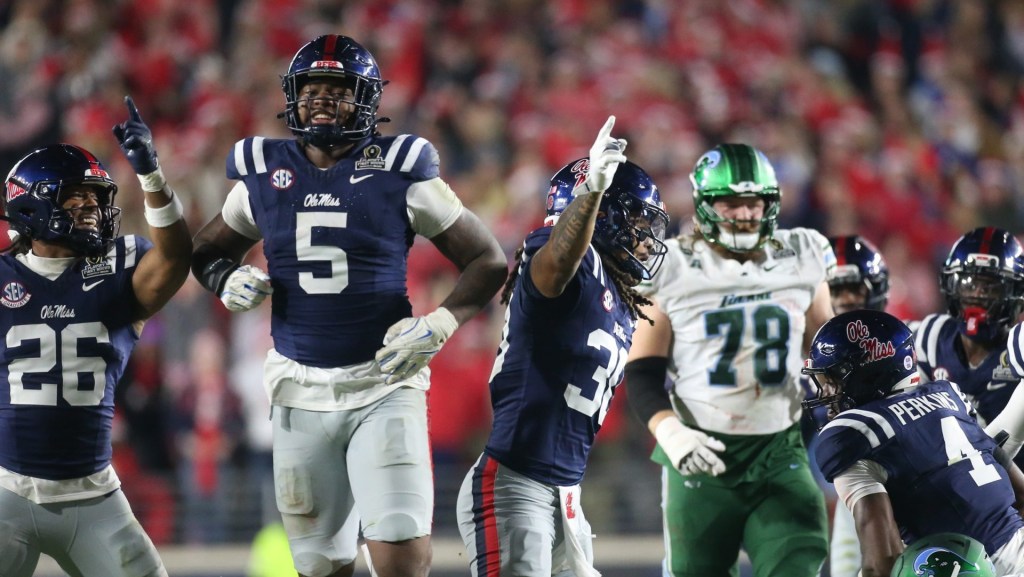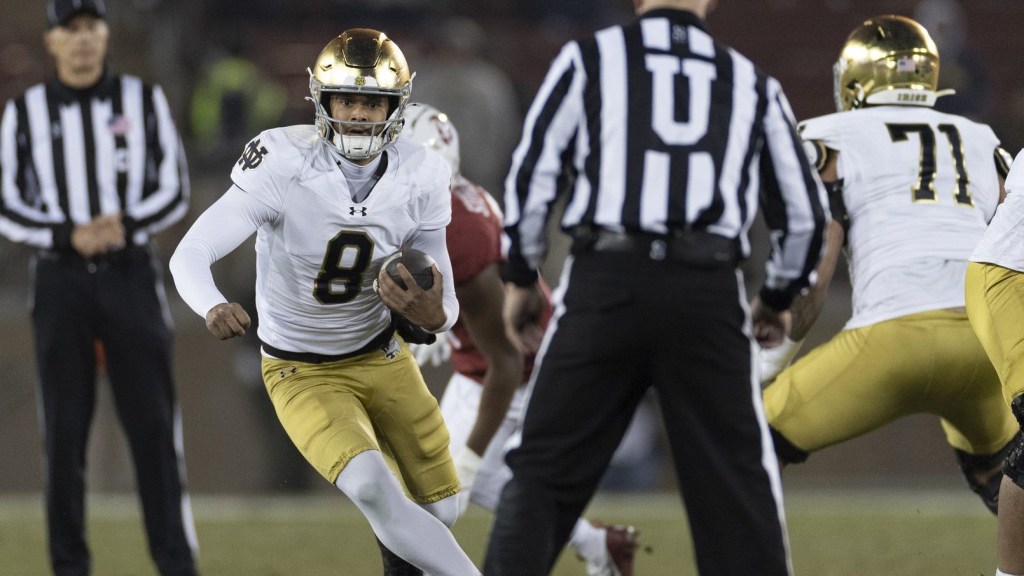During the most recent round of conference realignment, the Big Ten and SEC stood apart as the two superpowers of college sports. Now, the two leagues are locked in a battle for supremacy.
For now, at least, the Big Ten is winning on revenue.
The Big Ten reported $928 million in revenue in 2023-24, according to tax returns released this week. The league edged out the SEC by about $90 million, as the SEC reported $840 million during the same time period. Both leagues are arguably on track to reach $1 billion in reported revenue from this past season—a jaw-dropping feat considering the NCAA itself reports just over $1 billion in revenue per year.
The Big Ten’s per-school distributions topped those of the SEC by about $10 million. Big Ten schools earned between $61 million and $63 million each, while most of the SEC programs earned about $52 million. Oklahoma and Texas, who joined the league in 2023-24, earned $27 million each—part of their entrance agreements to the conference.
The Big Ten’s historic revenue is thanks to a historic media rights agreement previous commissioner Kevin Warren signed in 2022. The agreements between the conference and Fox, NBC, and CBS began in 2023, and is estimated to pay in the mid-$7 billion range over the lifetime of the seven-year deal, FOS reported in 2022. Total school distributions could increase to $90 million over the lifetime of the deal.
Though they won’t appear until next year’s tax filings,the conference also added UCLA, USC, Oregon, and Washington this past year. USC and UCLA are expected to receive full shares of conference revenue. Oregon and Washington, on the other hand, will receive distributions around $35 to $40 million—money bankrolled by Fox, FOS reported in 2023.
The tax returns also didn’t reflect increased revenues from the expanded College Football Playoff, which kicked off this year in a 12-team format. Starting in 2026, the Big Ten and SEC are supposed to receive 58% of the Playoff revenue, further distinguishing them from the rest of the NCAA.
However, between the two super leagues, the expectation is that the Big Ten will continue to earn slightly more than the SEC over the next several years given that the media rights package will dish out more money each year.

















